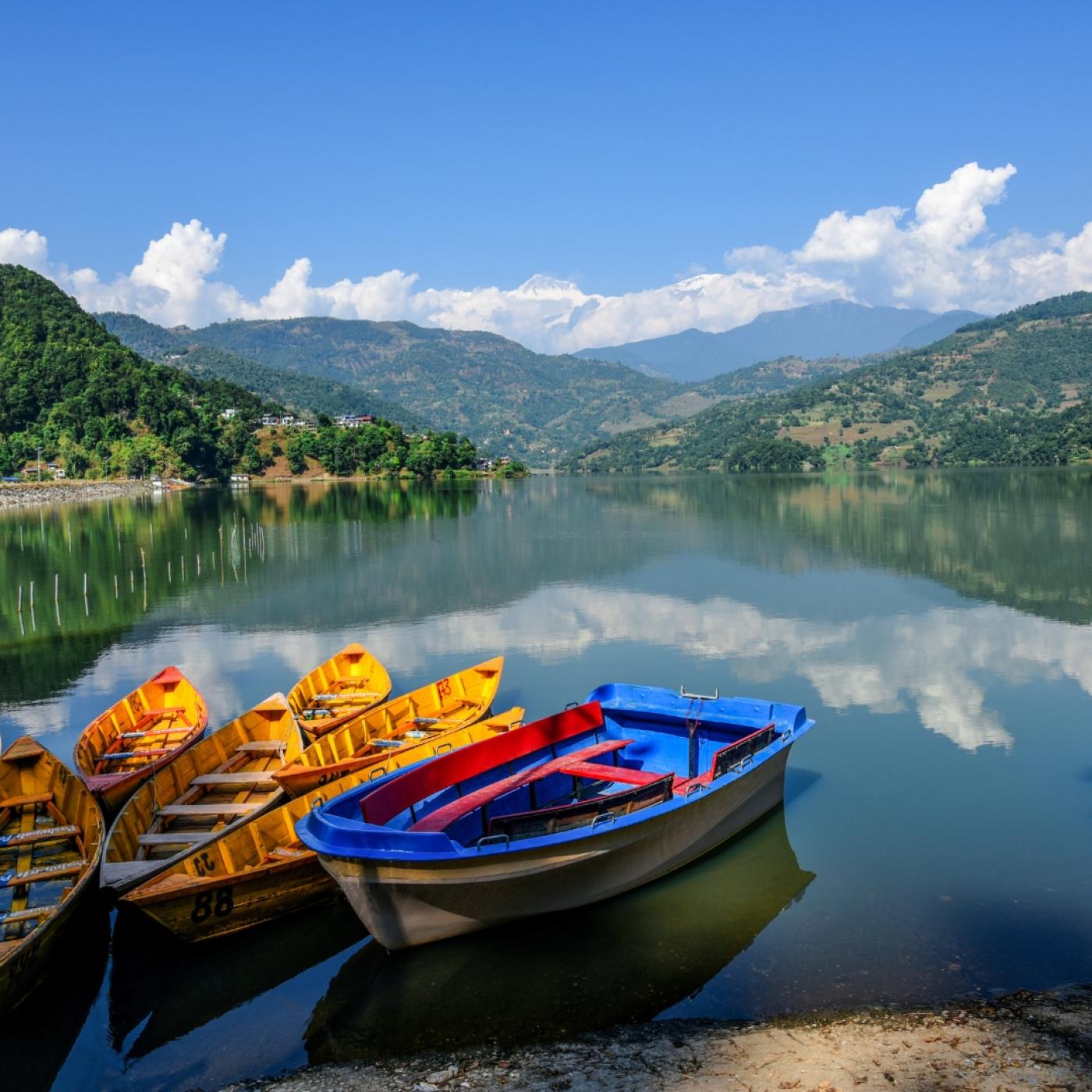

Perched atop a hill in the heart of Kathmandu, Swayambhunath—famously known as the Monkey Temple—is one of Nepal’s most sacred and visually striking religious sites. The nickname “Monkey Temple” comes from the large population of holy monkeys that roam freely around the temple complex, believed by locals to be the offspring of the deity Manjushri's head lice, which transformed into monkeys through divine energy. As you climb the steep stairway of 365 steps to reach the stupa, these playful monkeys often accompany you—some mischievous, some calm—adding a unique charm to the spiritual setting. The stupa's gleaming white dome, topped by a gilded spire and the all-seeing eyes of Buddha, watches over the valley and symbolizes wisdom and compassion. A blend of Hindu and Buddhist influences, Swayambhunath is not just a pilgrimage site, but also a cultural and visual treat for every visitor.
|
Temple Opening Hours |
5:00 AM – 7:00 PM |
|
Ideal Visit Time |
Morning or Sunset |
|
Entry Gate Opens |
5:00 AM |
|
Shops Around the Site |
8:00 AM – 7:00 PM |
| Foreigners | NPR 200 |
| SAARC Nationals | NPR 50 |
| Nepalese Citizens | Free |
Swayambhunath's origins trace back over 2,500 years, making it one of the oldest religious sites in Nepal. According to legend, the Kathmandu Valley was once a vast lake, and a lotus flower bloomed at the site of the current stupa. It is said that the bodhisattva Manjushri drained the lake to make the land habitable, and the flower settled on the hill, becoming Swayambhu, which means “self-existent.” Over time, the stupa became a major center for Buddhist learning and worship, especially for Vajrayana Buddhists and Tibetan pilgrims.
The stupa itself is rich with symbolism. The base represents the earth, the dome represents water, the spire stands for fire, the umbrella symbolizes air, and the pinnacle denotes space. The eyes painted on the spire represent wisdom and compassion. Throughout centuries, the site has been renovated and expanded, especially during the reign of King Pratap Malla in the 17th century. Today, it remains a powerful spiritual site attracting monks, pilgrims, and tourists alike.
|
Thamel |
2.5 km |
15 minutes |
Taxi/Walk |
|
Kathmandu Durbar Square |
3 km |
20 minutes |
Taxi/Rickshaw |
|
Pashupatinath Temple |
7 km |
30 minutes |
Taxi |
|
Boudhanath Stupa |
8 km |
35 minutes |
Taxi |
|
Patan Durbar Square |
9 km |
40 minutes |
Taxi |